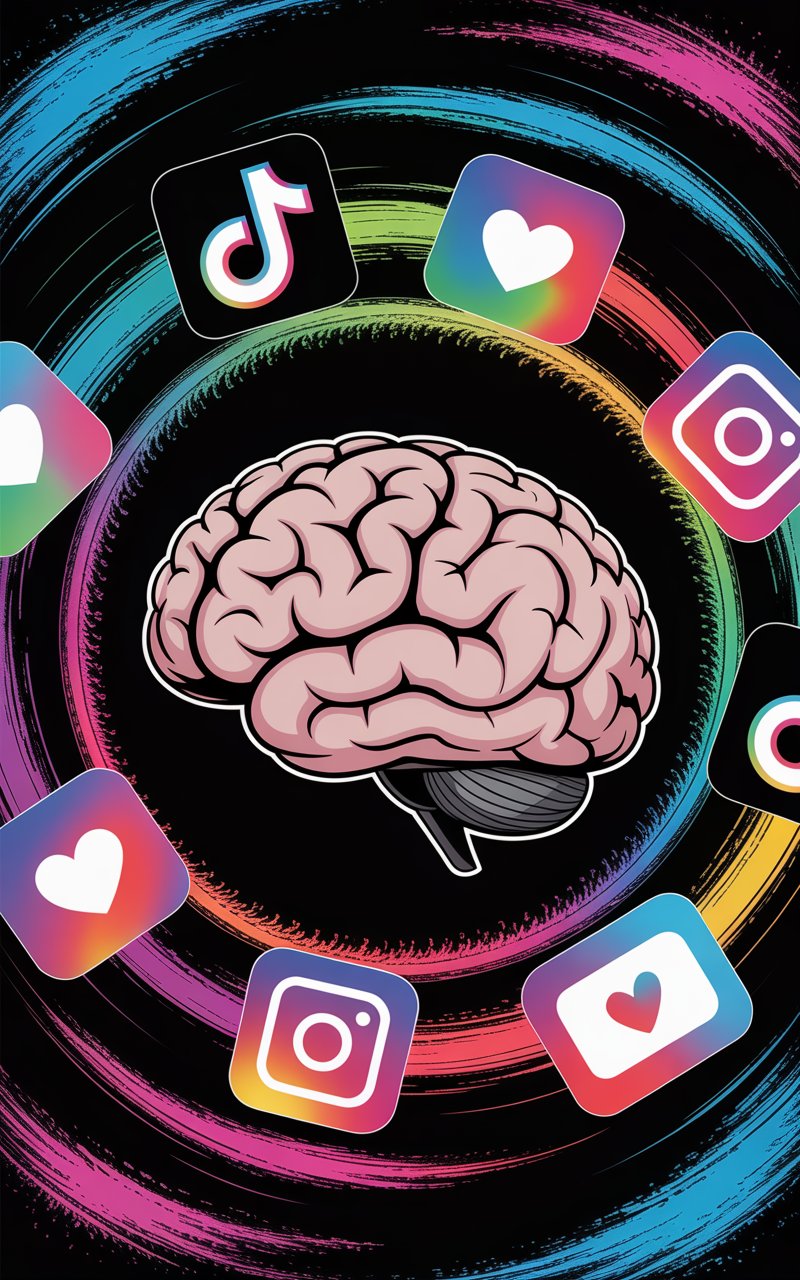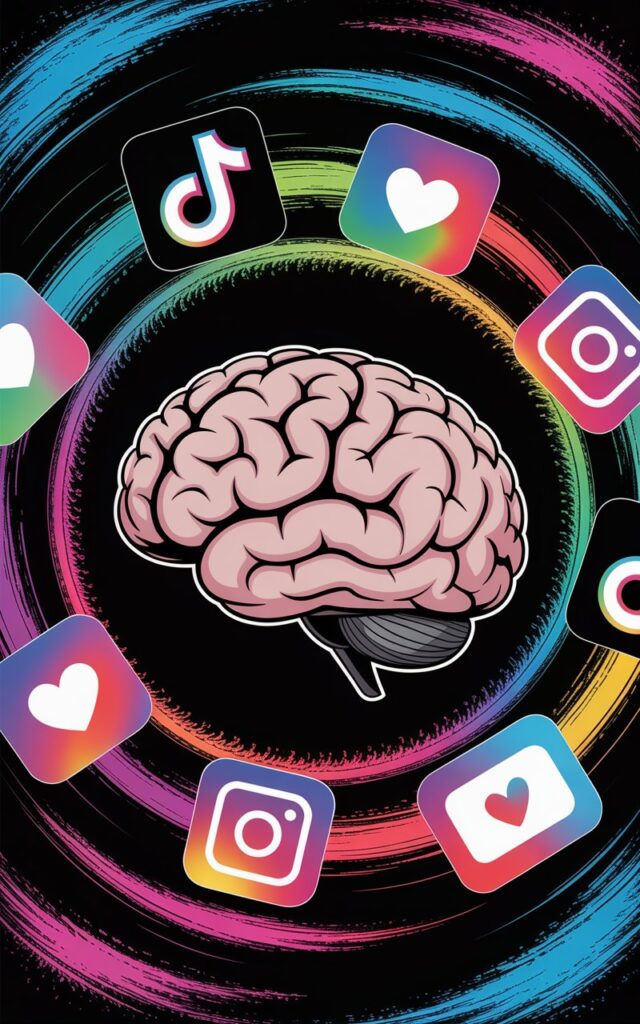
Short Form Video: 5 Shocking Ways It Destroys Attention and Cognitive Health
Short Form Video: The Quiet Threat to Your Brain Health
It has exploded in popularity over the last few years. Platforms like TikTok, Instagram Reels, and YouTube Shorts have made bite-sized content a daily staple. But emerging research is sounding the alarm: short form video may be quietly wrecking brain health in ways we’ve underestimated. In fact, studies warn that its effects on attention and cognition can be up to five times more harmful than alcohol in certain contexts.
Short Form Video and the Overload of Dopamine
The main reason short form video is damaging lies in how it hijacks the brain’s reward system. Each swipe, scroll, or quick laugh triggers a spike in dopamine—a neurotransmitter linked to pleasure and motivation.
Unlike reading a book or watching a longer film, short form video delivers constant novelty in seconds, keeping the brain on high alert. Over time, this overstimulation reduces the brain’s ability to enjoy slower, more sustained activities.
Why Video Can Be Worse Than Alcohol for Attention
While alcohol impairs brain function temporarily, short form video consumption creates long-term patterns of distraction. Researchers have found that:
- People who consume large amounts of short form video struggle more to maintain focus on complex tasks.
- The brain adapts to expect constant stimulation, making sustained attention feel “boring.”
- Memory retention and problem-solving capacity can drop after prolonged exposure.
Alcohol affects neural activity too, but typically wears off. Short form video can retrain the brain to crave rapid, low-effort inputs.
Short Video’s Impact on Cognition and Learning
Cognition involves memory, reasoning, and processing speed. Short form video undermines all three:
- Fragmented Learning: Since the content is so short, the brain doesn’t get enough time to process or integrate information deeply.
- Shallow Thinking: It encourages surface-level engagement rather than analytical or critical thinking.
- Reduced Neuroplasticity: Constantly shifting attention prevents the brain from building strong neural pathways.
Case Study: The Hidden Cost of it on Students
A high school teacher shared that her students, once avid readers, now struggle to finish even short chapters. Many admit they “zone out” after a few sentences and feel restless without constant stimulation. This mirrors what researchers have found—heavy short form video users may experience symptoms similar to ADHD, even without a formal diagnosis.
Short Video and the Decline of Emotional Regulation
Brain scans from recent studies suggest that excessive short form video consumption doesn’t just affect cognition—it also disrupts emotional regulation. Because these videos deliver rapid highs, the brain starts to expect them. Without constant novelty, mood dips, irritability rises, and patience shortens.
This is particularly concerning for children and teens, whose brains are still developing the frontal lobe—the part responsible for impulse control.
Short Video Addiction vs. Alcohol Dependence
While the comparison might seem extreme, there’s a reason some researchers say short form video can be more harmful for attention than alcohol:
- Alcohol intoxication is temporary; the brain eventually returns to baseline.
- Short form video, however, repeatedly reinforces instant gratification wiring, creating long-term structural changes.
- Withdrawal symptoms like restlessness, boredom, and irritability are common when trying to cut back.
The Silent Creep: How Video Habits Build
Most people don’t notice the damage because it happens gradually:
- Watching a few videos during lunch breaks.
- Adding more scrolling before bed.
- Reaching for the phone during every free minute.
Before long, the brain becomes conditioned to seek short bursts of stimulation over deep engagement.
Short Form Video and Sleep Disruption
Watching short form video at night can interfere with the brain’s natural wind-down process. The rapid-fire nature of the content keeps the brain in an alert state, delaying melatonin release.
Studies link this to:
- Poorer sleep quality
- Shortened REM cycles
- Increased anxiety upon waking
Protecting Your Brain from Short Form Video Damage
Here are practical ways to reduce harm:
- Set strict time limits on platforms with short form video.
- Replace consumption with creation—make your own videos or engage in hobbies.
- Build tolerance for boredom—practice sitting still or reading without reaching for your phone.
- Schedule tech-free blocks to retrain attention span.
Short Form Video’s Place in a Healthy Digital Diet
It’s important to note that short form video isn’t inherently evil. It can:
- Provide quick entertainment
- Spread awareness
- Offer bite-sized education
The issue lies in excessive use. Just like sugar or alcohol, moderation is key.
Why Awareness Is the First Step
Most people underestimate the cognitive cost of short form video because it’s marketed as harmless fun. By recognizing the signs—reduced attention span, restless focus, and emotional dysregulation—we can take conscious steps to limit its impact.
Conclusion: Your Brain Deserves Better
Short form video may be the fast food of the digital age—quick, easy, and instantly gratifying, but harmful in excess. With studies now showing it can impair attention and cognition more severely than alcohol in the long term, the takeaway is clear: your brain thrives on slow, deep, and meaningful engagement. Guard it wisely.


